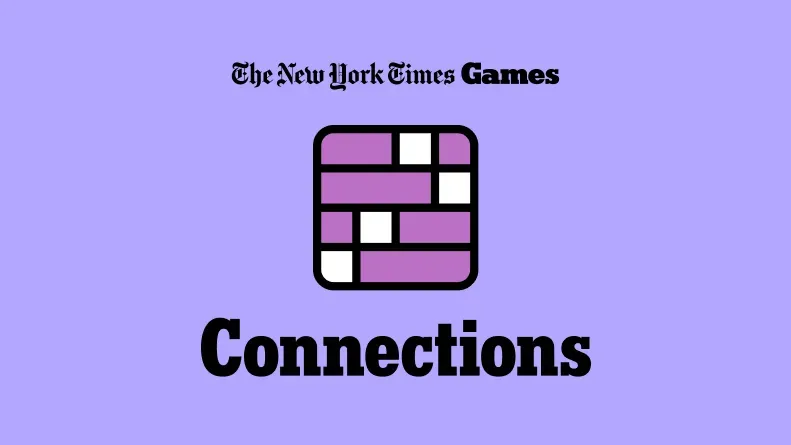Connections refreshes daily with 16 words that sort into four themed sets. If you still want to solve it yourself, start with the lightest theme and work up in difficulty (Yellow → Green → Blue → Purple). When you’re ready to play or share results, open the puzzle on the New York Times Games page at nytimes.com/games/connections.
Quick hints for today’s categories (no spoilers)
- Yellow: Think about items moved from place to place.
- Green: All four belong to the same light, brownish color family.
- Blue: What your body might do after hard effort or a long run.
- Purple: Each entry is the opening chunk of a zodiac sign’s name.
Tip: Several words tempt you toward clothing or colors in the wrong way. If a grouping feels close but not quite clean, it’s likely a red herring.
Full answers for Connections #875 (November 2)
| Color | Category | Words | Why they belong |
|---|---|---|---|
| Yellow | Goods to be transported | CARGO, FREIGHT, HAUL, LOAD | Each is a general term for items carried or shipped. |
| Green | Light brown shades | CAMEL, FAWN, KHAKI, TAN | All name light brown hues commonly used in design and apparel. |
| Blue | Show signs of physical exertion | CRAMP, PANT, REDDEN, SWEAT | Typical bodily reactions during or after strenuous activity. |
| Purple | Starts of zodiac signs | AQUA, CAPRI, GEM, SAG | Initial fragments of Aquarius, Capricorn, Gemini, Sagittarius. |
How to sort today’s board efficiently
1) Secure the color set first. “CAMEL,” “FAWN,” “KHAKI,” and “TAN” all sit in the same light-brown range. This group is clean and tends to stand out because none of the four comfortably cross-fit elsewhere once you view them strictly as hues. Note that while “khaki” is often marketed as “green” in some contexts, it’s historically a dusty, light brown—don’t let that semantic drift pull you off course.
2) Pull out the transport nouns next. “CARGO,” “FREIGHT,” “HAUL,” and “LOAD” can each describe goods being moved. You might briefly second-guess “haul” as a verb, but it also works as a noun (“a haul of supplies”). If you’re tempted to combine “cargo” with clothing (e.g., cargo pants), resist it—this board doesn’t support a clothing set today.
3) Group the exertion reactions. “CRAMP,” “PANT,” “REDDEN,” and “SWEAT” are the body’s responses to effort or strain. Two are involuntary muscle/skin responses; two are active symptoms you can feel or see. A common pitfall is reading “pant” as apparel rather than the singular form of the heavy breathing verb; the physiological reading is the one that fits.
4) Finish with the abbreviated zodiac starts. What remains are clipped openings of star signs: “AQUA” (Aquarius), “CAPRI” (Capricorn), “GEM” (Gemini), “SAG” (Sagittarius). Each is a clean prefix; if a fragment could belong to multiple words, check which four together form a consistent naming pattern.
Common red herrings on this grid
- Clothing misdirection: CARGO, KHAKI, and PANT all evoke apparel, but they don’t make a valid four-word clothing set here.
- Color bait in the wrong category: AQUA looks like a color, yet it’s used as a zodiac fragment in this puzzle. Keep it with CAPRI, GEM, and SAG.
- Verb vs. noun confusion: HAUL can act as both. Read it as a noun to keep it with CARGO, FREIGHT, and LOAD.
What the colors mean for difficulty
Connections orders solutions by perceived difficulty: Yellow is the easiest set, then Green, Blue, and finally Purple. That color grading doesn’t change the words themselves; it simply reflects how quickly most players are expected to spot each grouping. If your path differs (for example, you saw the zodiac fragments first), that’s normal—solve in the order that clicks for you.
That’s today’s wall sorted. Share your grid, then reset tomorrow for a fresh set of four. If you want to replay or compare outcomes with friends, launch the puzzle from the New York Times Games page once and bookmark it for quick access.

